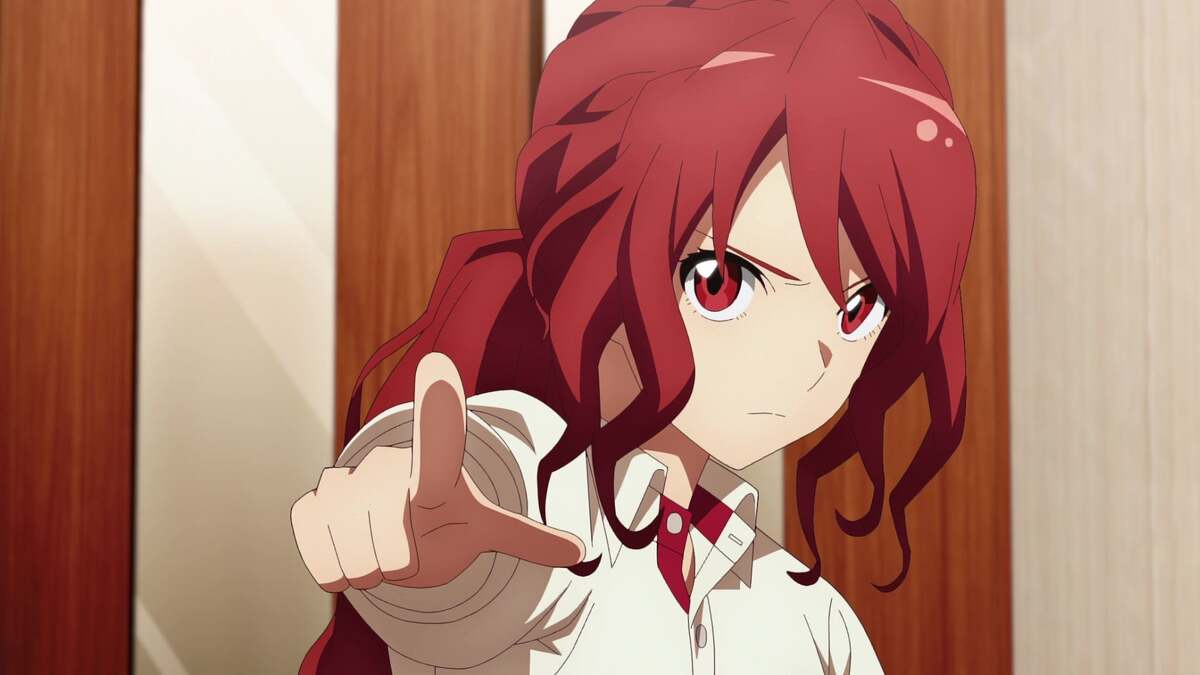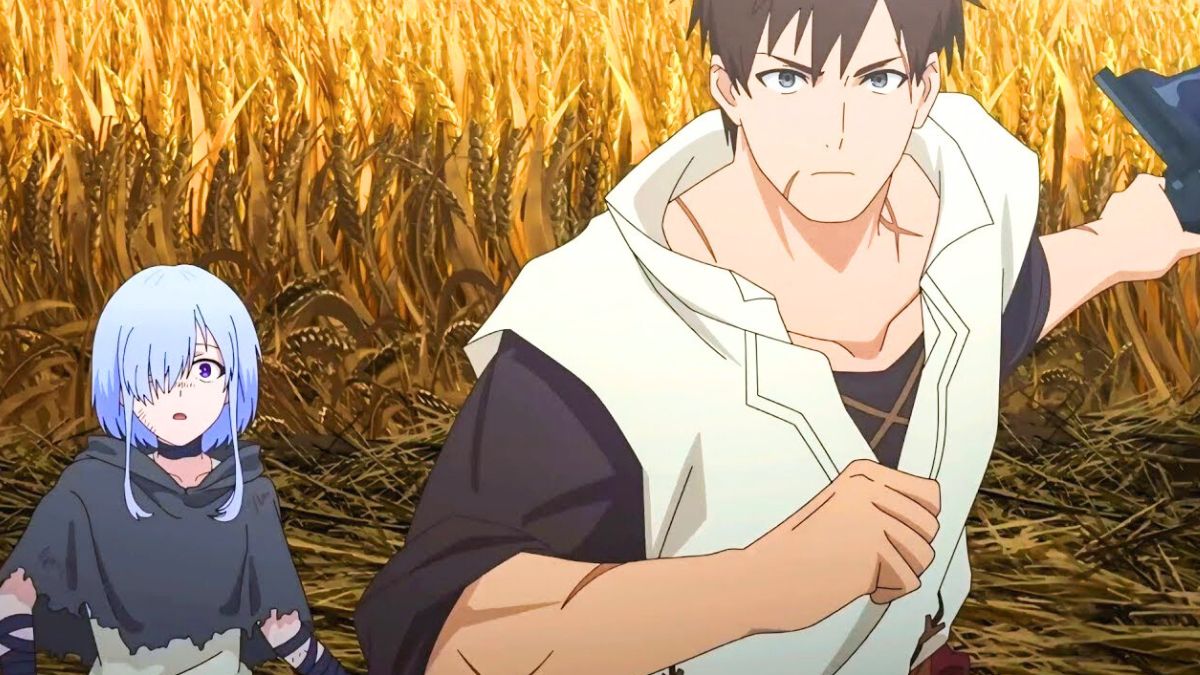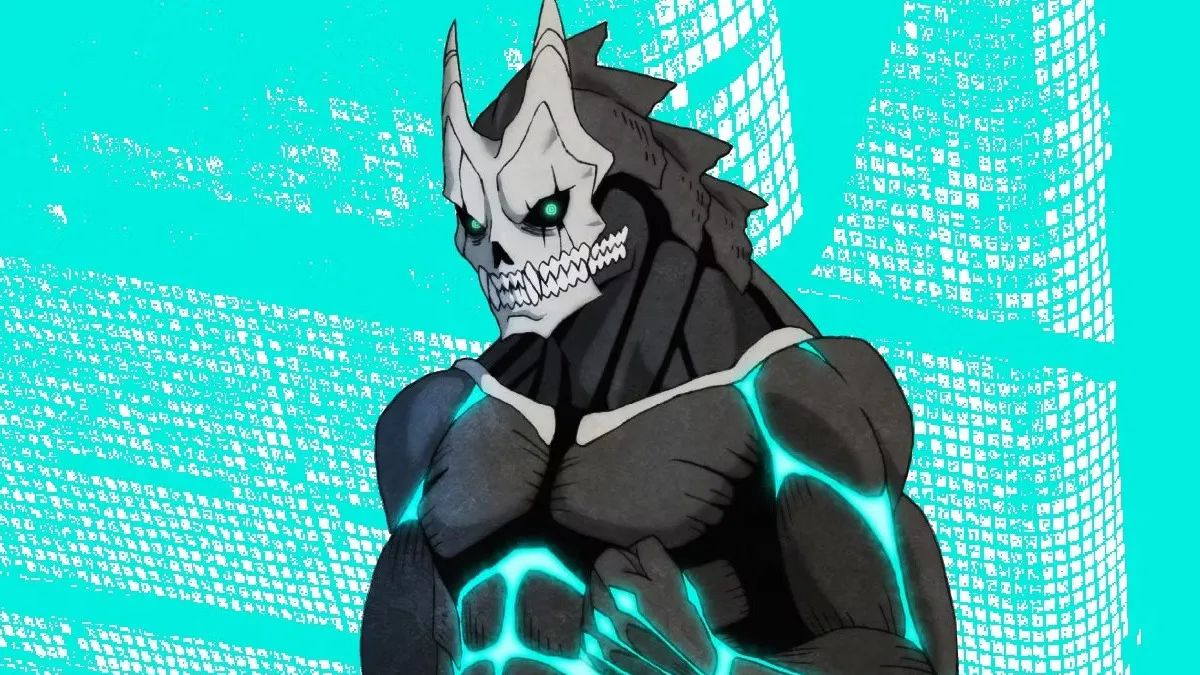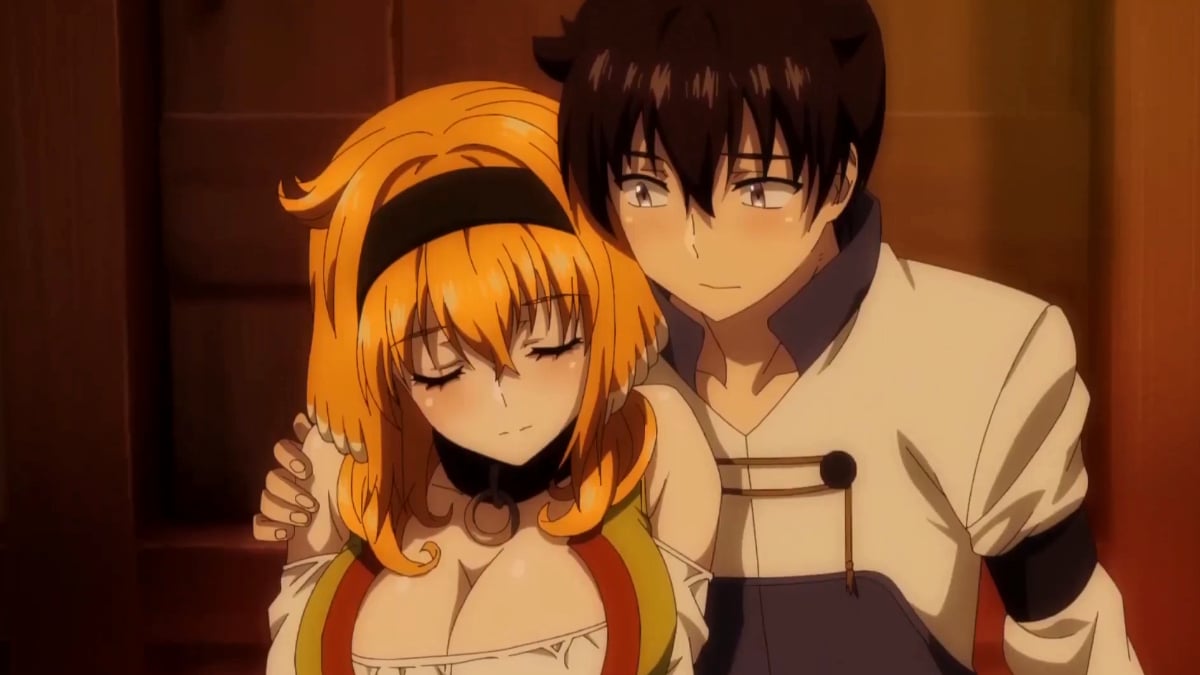Did someone say plot? Episode 5 of Miss Kobayashi’s Dragon Maid S pushes our characters forward while diving into their pasts.
A subplot of several episodes this season, Elma and Tohru’s relationship gets some proper attention in the first half of episode 5 and additional flashbacks throughout the back half. Meanwhile, Llulu starts to find her place in the human world by finally finding a job she wants to do (that doesn’t involve Kobayashi).
Episode 5: “Together With You (Well, If We Get Along)“
Catch up on last week’s episode here, or start from the beginning.

The episode opens on Tohru and Elma arguing as they are wont to do, before sitting down with Kobayashi for lunch. The pair begins to tell Kobayshi about how they met, a time when they didn’t want to constantly tear apart the other.
In an extended flashback, Tohru, dawning a cloak that simply looks very cool, travels to an ancient, pan-Near Eastern city (think the season 1 ED of Free!) where a magical priestess revered by early humans is rumored to live. She finds Elma there, worshipped by the people of the city for her magic, which has brought them prosperity. As a Harmony dragon, she has sought to curtail conflict in the human world by aiding them in what can only seem like divine intervention to the humans.
When Tohru confronts her at a midnight rendezvous through her window, Elma explains that she does it all to see the humans prosper.. .and for their food, which tastes better than sacrifices, she insists.
Unconvinced that the humans’ lives are even worth the attention, Tohru follows Elma as she helps them and amasses more followers. They spend years together, and in other flashbacks, we see them leaning against each other by campfire or walking a starlit beach, wishing upon a shooting star. They come to understand each other so much that they finally accept why they will never see eye to eye, mutually acknowledging the reasons why they have to destroy each other.
They have an epic fight, and Elma’s transformation into her water serpent form is particularly stunning, even in a season full of great animation. Then, the equally matched dragons get knocked back to the dragon world, returning millennia later to eat lunch with Kobayashi in the present.
Kobayashi remarks how they know each other so well that their fighting comes from a place of understanding, which offends them both. Kobayashi gets it: They’re exes. It’s really cute, and I love this for them.

Next, Llulu returns to the focus of the show. The back half of this episode is about her finding her role in the human world. While she likes being with kids, she’s definitely older than Kanna and Saikawa, but not as mature as Tohru, who is apparently the same age as her in dragon form. This poses a bit of a conundrum for Llulu, theoretically leaving her in the awkward, teenage years between childhood and adulthood.
Llulu and Tohru end up with Kanna and Saikawa at the neighborhood kids’ hang out, a candy shop on the edge of the shopping district owned by an old lady. Llulu realizes that if she has to work and loves playing with kids, then this place might offer the right job for her. She asks to work there, and Tohru, wanting Llulu to get out of the apartment (and maybe even taking some interest in her happiness), helps convince the owner to employee Llulu.
This leads to the introduction of a new character who will likely be a familiar face by the end of this season: Aida Taketo. The shop owner’s grandson, Aida is a high school boy who meets Llulu at the shop and is 1) overwhelmed by her chest and 2) immediately suspicious of the stranger. Several aching minutes of gags centered around Llulu’s boobs pass until the show finally lets Aida and her talk to each other like normal people. His suspicions wane as he sees her interact genuinely with the children at the shop.
Importantly, Llulu told the shop owner she’s 16. Shortly after she was introduced in episode one of this season, we learned Llulu is the same age as Tohru (re: an adult) in dragon years, even though she looks and acts far more like a teenager in her human appearance. The canonical reasoning just feels like a shaky justification for how the show sexualizes Llulu, especially when she’s compared to Tohru. And it only felt more dissonant when Llulu was relegated to the children’s table a few episodes later. While she seems to have enjoyed her time with the kids, Llulu definitely didn’t fit in among the elementary schoolers.
With the introduction of a teenager that’s definitely going to be a love interest, I suspect her age will remain more constant now, and may be explored in future episodes.
Will Dragon Maid S chill out with Llulu’s chest? Will Tohru and Elma rekindle their old flame? Almost certainly not, but I can hope. Episode six of Dragon Maid S releases next Wednesday.








Published: Aug 5, 2021 12:57 pm